When you think of Napoleon, what comes to mind? The great military leader who conquered much of Europe? Or the French emperor who was exiled to Elba? Either way, there’s no denying that Napoleon was one of the most influential figures in history.
And if you’re a fan of all things Napoleonic, then a road trip through southern France is a must. After all, it was in this region that Napoleon spent some of his most important years, from his early military campaigns to his final defeat at Waterloo.
So whether you’re looking to explore the beautiful countryside, learn about French history or just soak up the sun, driving through the footsteps of Napoleon is the perfect way to do it. Here’s everything you need to know about planning your trip.
Who was Napoleon
Napoleon Bonaparte was a French military commander and political leader who rose to prominence during the latter stages of the French Revolution. He served as the first consul of France from 1799 to 1804 and then as Emperor of the French from 1804 to 1814, before being defeated in the Hundred Days War. Napoleon was born on the island of Corsica into a noble family and began his military career as an officer in the French Army.
He quickly rose through the ranks, becoming a general at the age of 26. In 1796, he commanded the French Army during a successful campaign in Italy, and two years later he led another successful campaign in Egypt. In 1799, he staged a coup d’état and overthrew the existing government. As consul, Napoleon increased the centralization of power and embarked on a series of military campaigns across Europe.
In 1804, he crowned himself Emperor of the French, solidifying his control over the country. However, his ambitions ultimately led to his downfall, and in 1814 he was defeated by a coalition of European powers. He was then exiled to the island of Elba, where he eventually escaped and attempted to reclaim his throne.
This led to his final defeat at the Battle of Waterloo in 1815, after which he was once again exiled, this time to the remote island of Saint Helena, where he died six years later. Although he was ultimately unsuccessful in his quest for power, Napoleon remains one of history’s most influential figures.
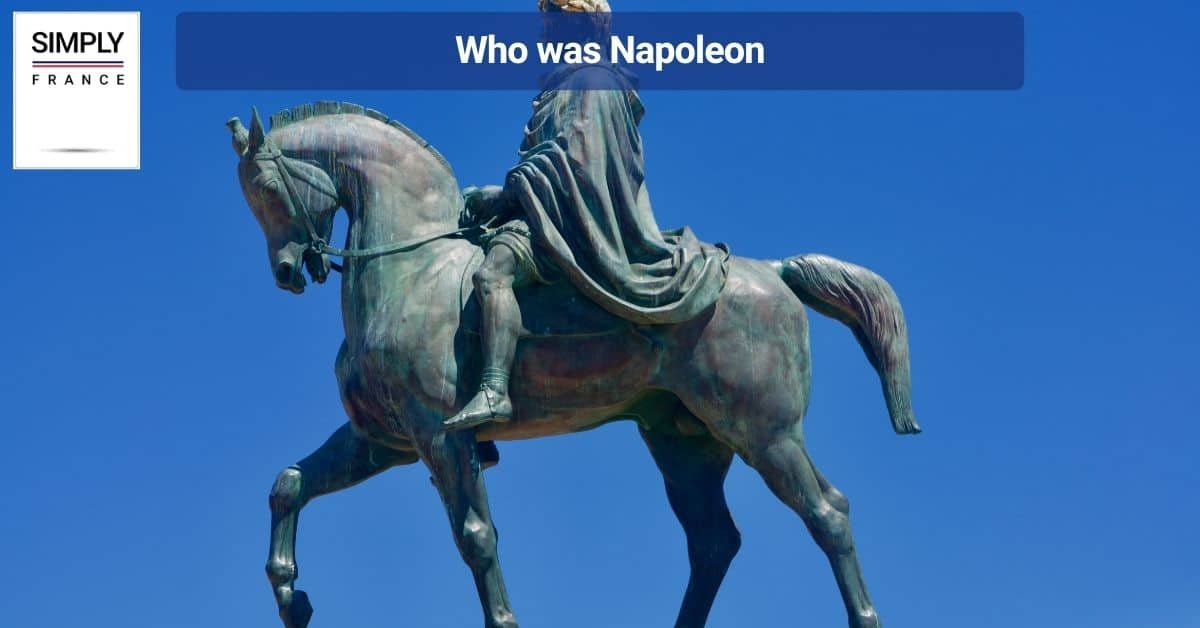
A Road Trip Through Southern France
Southern France is a beautiful region to explore by car. The scenery is varied, with Mediterranean coastline, rolling hills, and mountain villages all within a few hours’ drive. And the historical sites are fascinating, from the ancient Roman city of Nimes to the battlefields of Waterloo. For anyone interested in European history, a road trip through Southern France is a must.
One particular route that is of great interest is the so-called “Napoleon Trail.” This follows the path that Napoleon Bonaparte took when he marched his troops from Italy into France in 1796. It is a journey of around 1,200 kilometers (750 miles), starting in the town of Nice and ending in Paris. Although much of the route has been modernized, there are still some breathtaking mountain passes and scenic villages to enjoy. And of course, along the way, there are numerous historical sites associated with Napoleon and his campaigns.
Whether you are interested in history or just want to enjoy some beautiful countryside, a road trip through Southern France is sure to delight you. Bon, voyage!
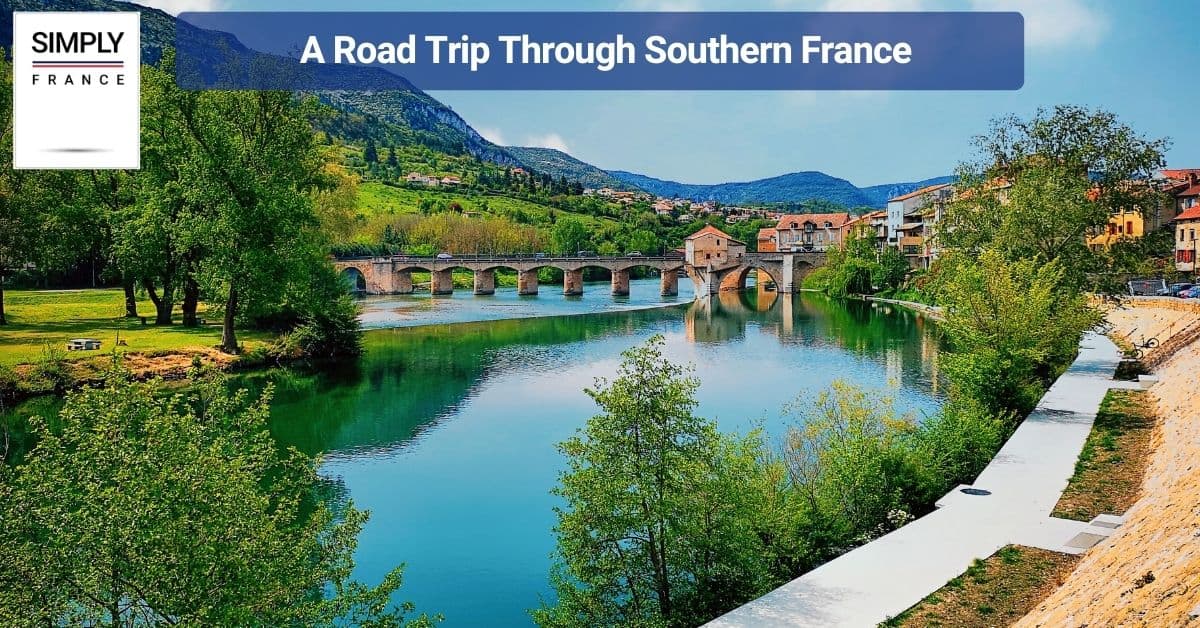
The Landmarks and Locations That Are Along the Way
As you travel along the Napoleon Trail in Southern France, there are many historical landmarks and locations that you can visit. These include:
The Roman city of Nimes: This well-preserved Roman city is located in southern France and was founded in the 1st century AD. It is famous for its Roman ruins, which include an amphitheater and a temple.
The Pont du Gard: This Roman aqueduct is located near Nimes and was built in the 1st century AD. It is one of the best-preserved Roman ruins in France.
The Battle of Waterloo: This decisive battle, which took place in 1815, resulted in Napoleon’s final defeat. The Waterloo battlefield is located in Belgium, just a few hours’ drive from Paris.
The island of Elba: This is the island where Napoleon was exiled after his first defeat in 1814. It is located off the coast of Italy and can be reached by ferry from the mainland.
Saint Helena: This is the island where Napoleon was exiled after his final defeat at Waterloo. It is located in the South Atlantic Ocean, off the coast of Africa.
Paris: The capital of France and the final destination on the Napoleon Trail. This city is home to many historical landmarks, including the Eiffel Tower and Notre Dame Cathedral.
As you can see, there are many historical landmarks and scenic locations along the way when driving through Southern France. So what are you waiting for? Start planning your trip today!

The Route That Napoleon Took Through South France
From the Mouth of the Rhone, where he disembarked his troops in May 1815, to Waterloo, and finally, to his last resting place on the island of St. Helena, Napoleon’s footsteps across South France are dotted with landmarks and locations of great historical significance. Here are just a few of those places:
- The site of Napoleon’s landing at the mouth of the Rhone River in May 1815.
- The site of his victory at the Battle of Cannes in June 1815.
- The city of Avignon, where he spent a night in early July 1815 on his way to meet his troops in Italy.
- The town of Aix-en-Provence, where he spent two weeks in late July and early August 1815 reorganizing his army for the campaign against the Austrians in Italy.
- The village of La Crau, where he stopped for a few hours on August 15th, 1815 on his way back from Italy to Paris.
- The town of Orange, where he spent a night on September 1st, 1815 en route to Paris from Italy.
- The town of Saint-Remy-de-Provence, where he was exiled from October 1815 until March 1816.
- Waterloo, where he was defeated by the British and Prussian armies on June 18th, 1815.
- Fontainebleau, where he surrendered to the British on July 3rd,1815.
- Finally, on the island of St. Helena, where he was imprisoned by the British and died on May 5th, 1821.
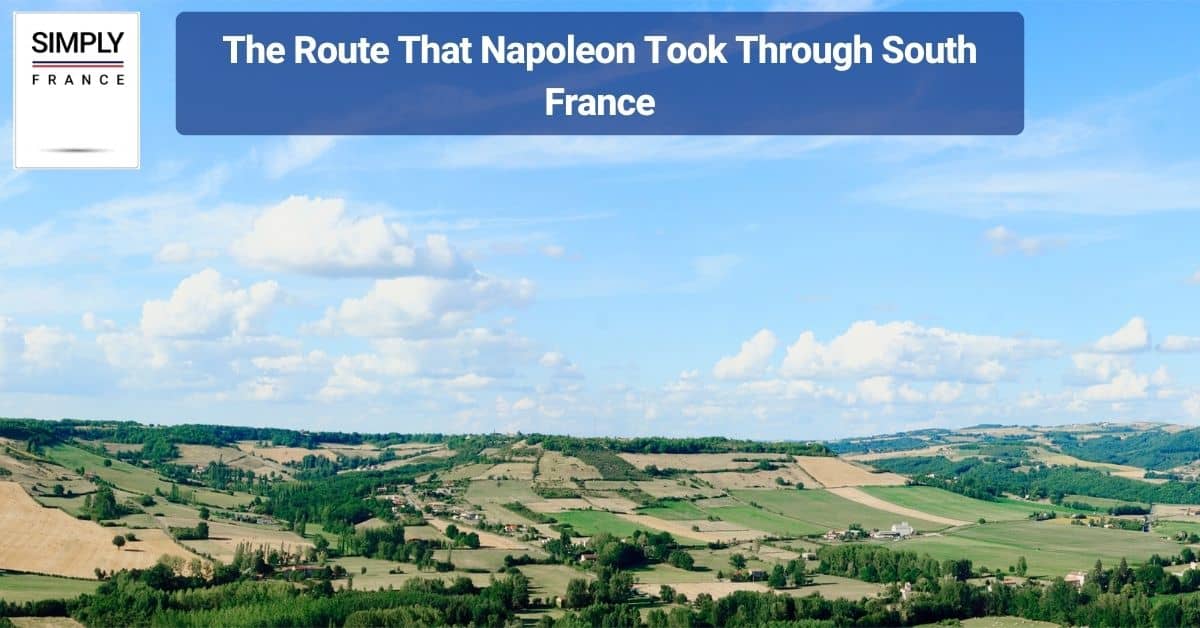
Why This Route Is Significant to Napoleon’s Story
The route of Napoleon’s footprints in the South of France is a significant one. It was here that he spent his formative years, shaped his military career, and rose to power. The French Revolution began during Napoleon’s time in the army, and it was here that he first came to public attention. After the Revolution, Napoleon became the First Consul of the French Republic and began his plans for conquest.
In 1804, he proclaimed himself Emperor of the French and set out on a series of military campaigns that would make him one of the most famous and successful generals in history. The route of Napoleon’s footprints in the South of France is a testimony to his greatness and a reminder of the tumultuous times in which he lived.
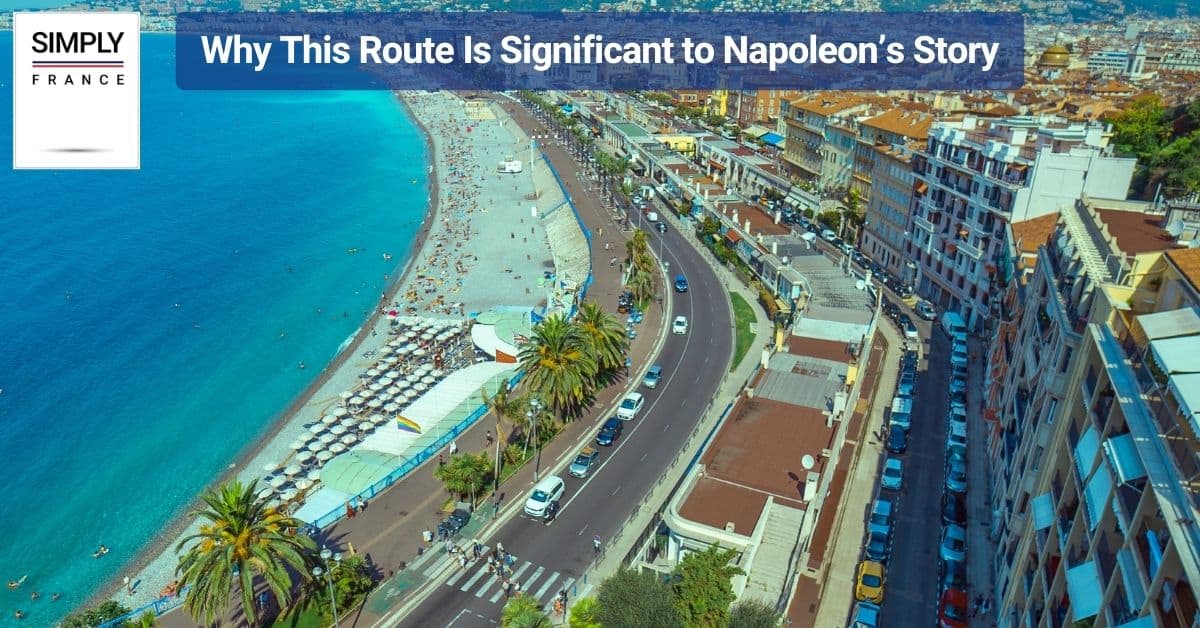
Tips for Making the Most of a Driving Trip Through South France
- Plan your route in advance and take the time to research the different landmarks and locations along the way. This will help you make the most of your trip and ensure that you don’t miss anything important.
- Make sure to pack plenty of snacks and drinks for the journey, as there are some scenic but remote stretches of road where you may not be able to find a convenience store.
- And finally, take your time! This is meant to be a relaxing trip, so don’t try to hurry through it. enjoy the journey and savor the experience.
Whether you are interested in history or just want to see some beautiful scenery, a driving trip through South France is sure to delight you. So what are you waiting for? Start planning your trip today!
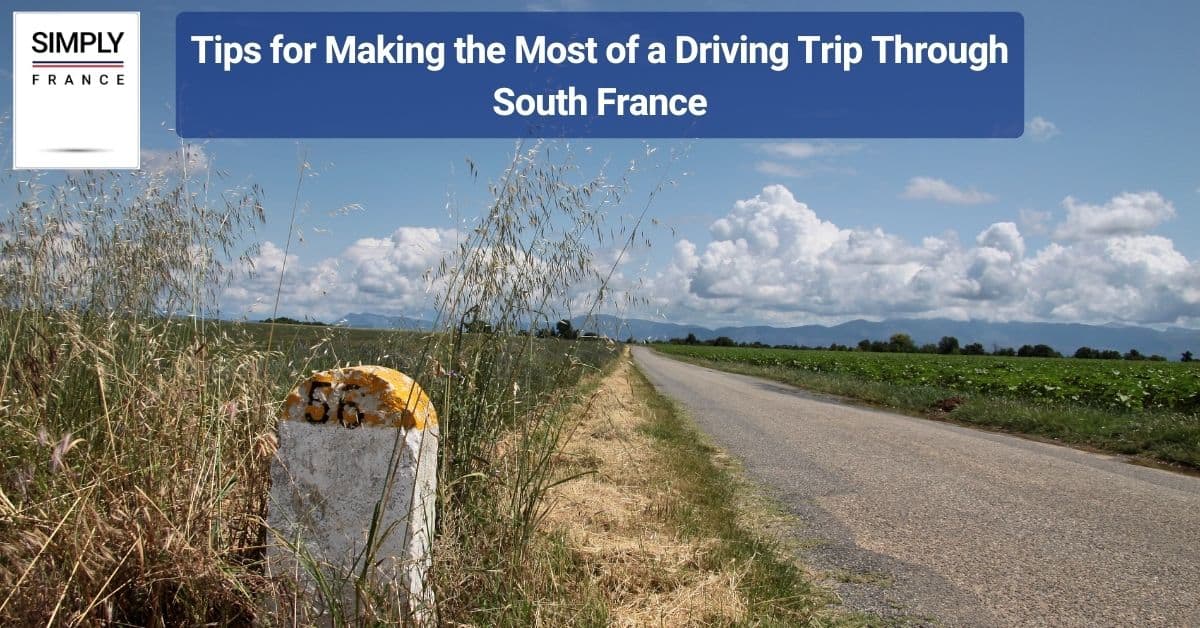
In conclusion
Overall, driving in the footsteps of Napoleon in South France is a great way to learn about the history and see some beautiful scenery. Just be sure to plan your route in advance and take your time so that you can fully enjoy the experience.


